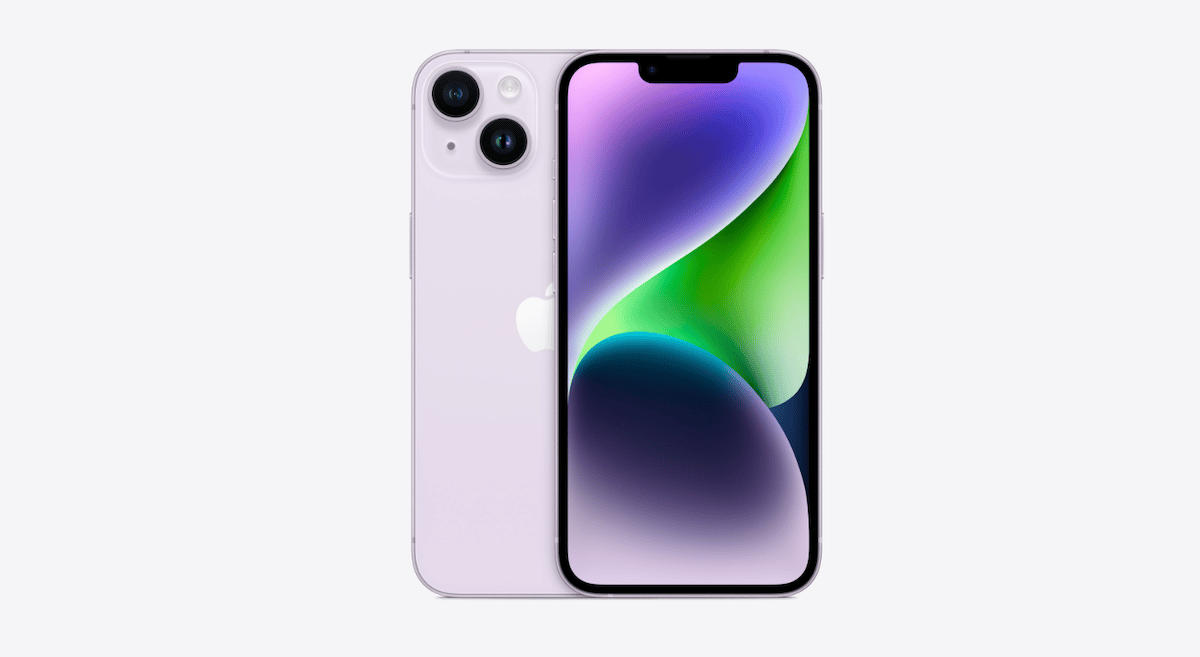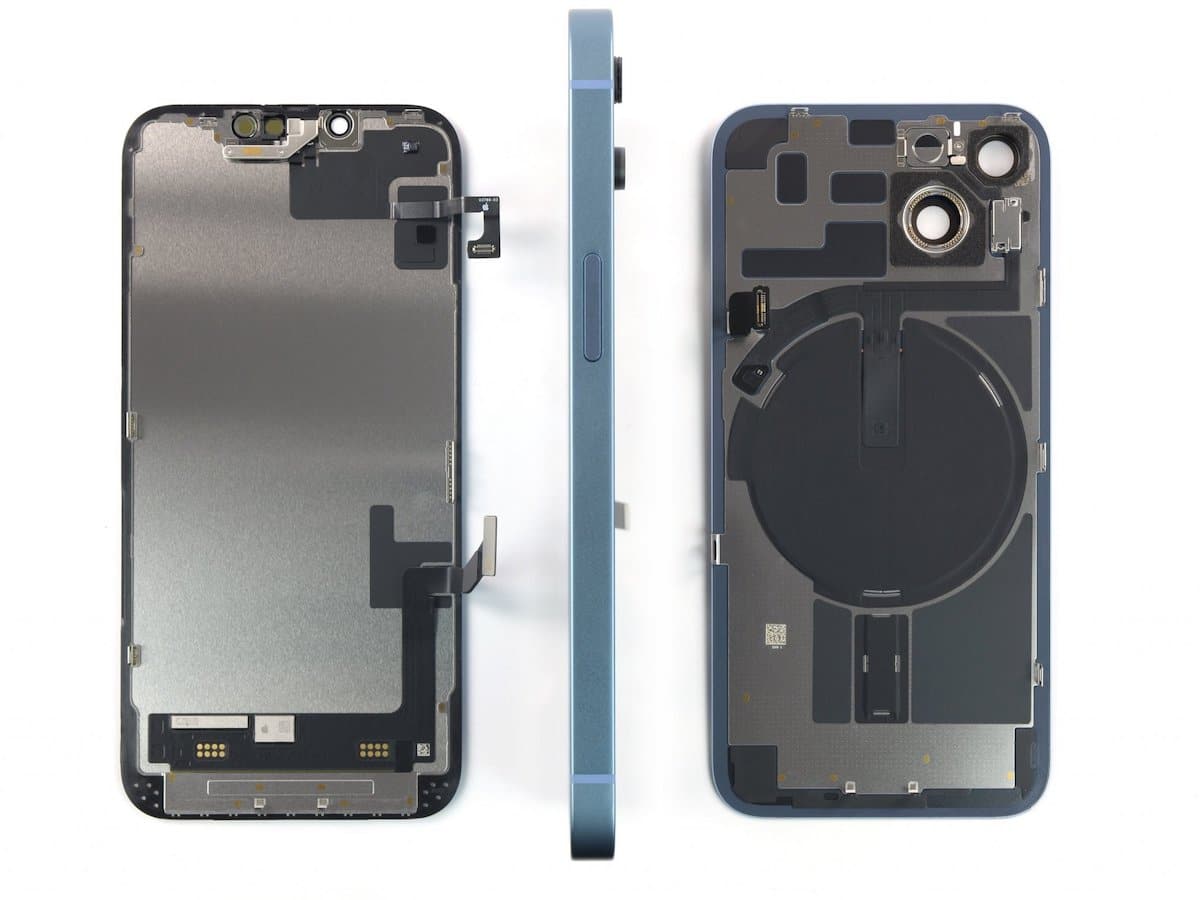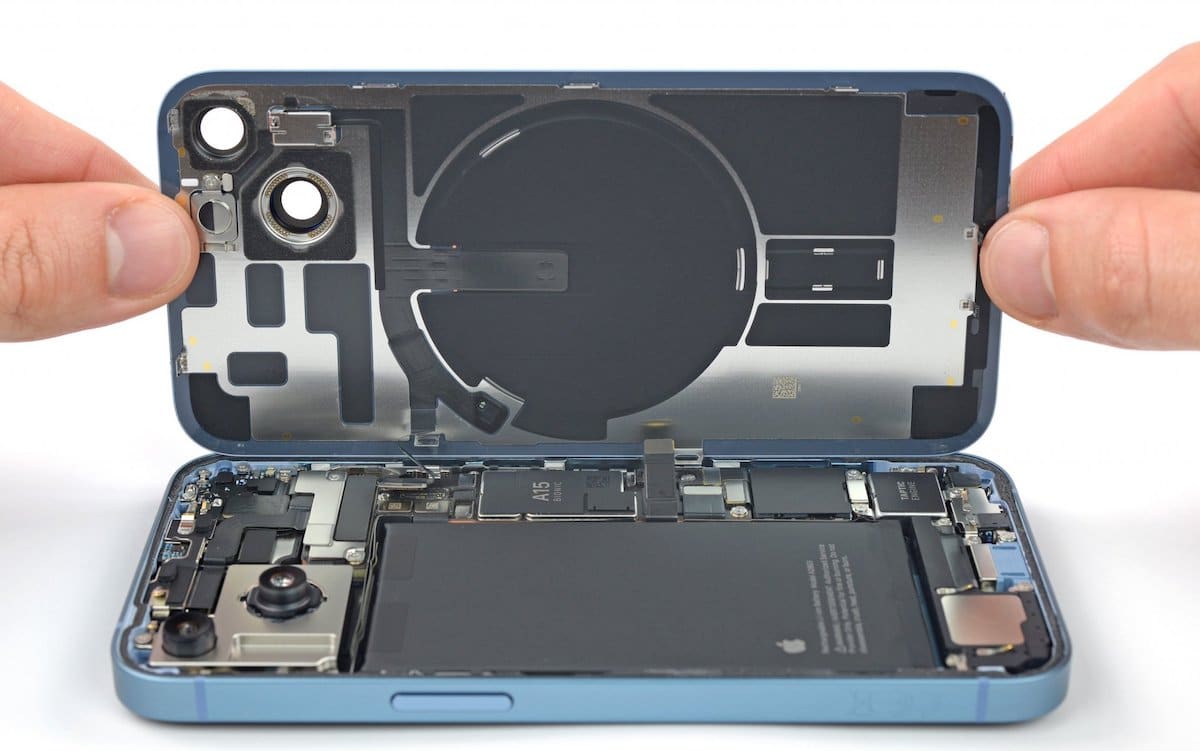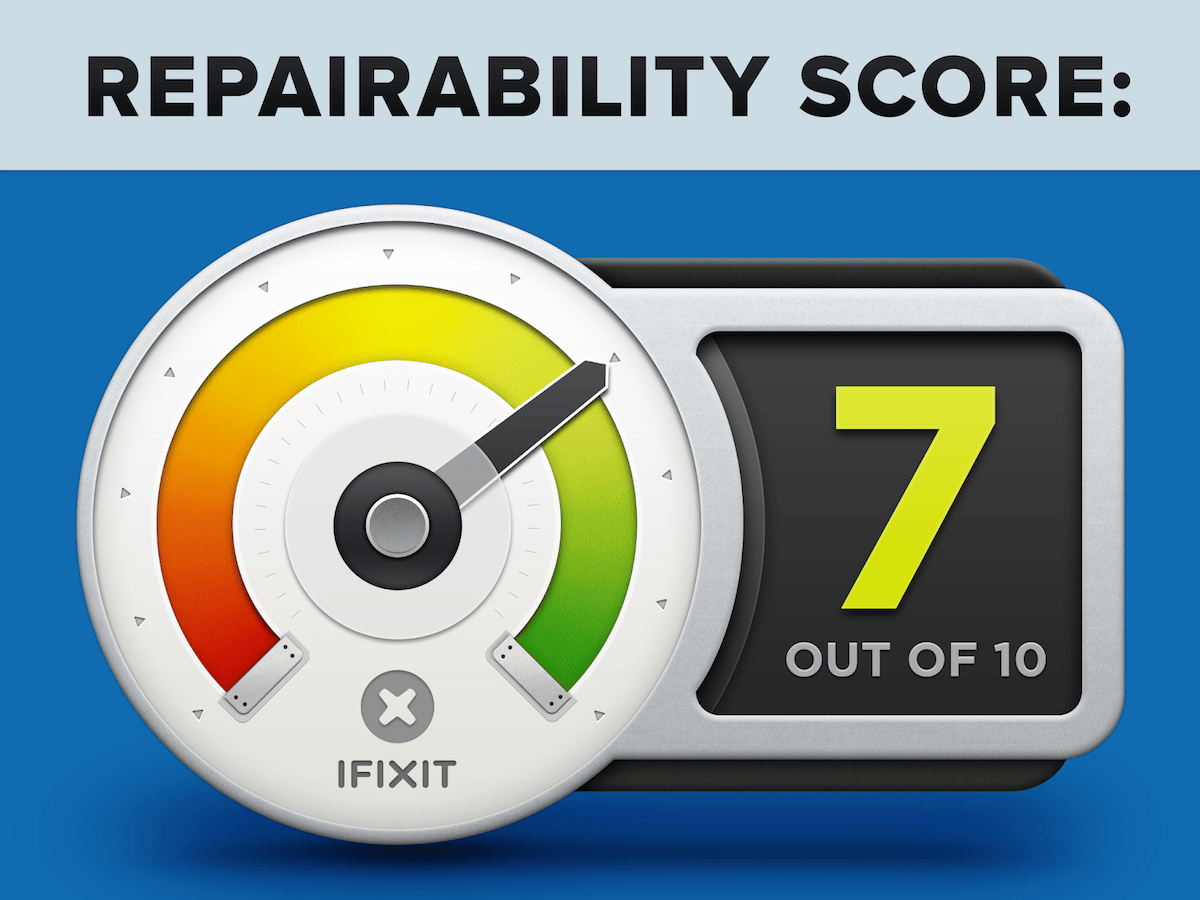iPhone 14 Pro lineup has been the most talked about because of its hardware and software updates. But repair experts at iFixit have discovered a unique and very significant upgrade in the iPhone 14 and iPhone 14 Plus models, which neither Apple nor the reviewers boosted, their redesigned internals make them “the most repairable iPhone in years.”

Starting from iPhone X to iPhone 13, Apple used the front-open-first approach to repair the smartphone’s screen and battery. Although that approach made screen repairs “vastly easier”, it was hard to change the back panel because every single component had to be removed to reach the back panel.
Now, iPhone 14 changes that completely, it opens from the front and the back. However, the iPhone 14 Pro models have the same old architecture.

iPhone 14 is no iPhone 13s; its a “beautiful butterfly” with a midframe in the middle that achieved the best repair score for an iPhone
Apple’s design team has introduced a midframe in the middle to access the screen and rear glass simply by removing two screws, detaching a single connector, and working with not-so-aggressive adhesive; “accessible. Incredible.”
That’s no small feat. The new metal midframe that supports the structure required an entire internal redesign, as well as an RF rethink and an effective doubling of their ingress protection perimeter. In other words, Apple has gone back to the drawing board and reworked the iPhone’s internals to make repair easier. It’s an upgrade so seamless that the best tech reviewers in the world didn’t notice.
This is the iPhone 14 reborn as a beautiful butterfly—a midframe in the middle, accessible screen on the left, and removable rear glass on the right.

After a very long time, iFixit gave iPhone 14 a score of 7 out of 10 in repairability. iPhone 13 had a score of 5 out of 10.
This design improvement is a big win. These changes to the iPhone will help it last longer and reduce its overall impact on the planet. With any luck, it will inspire other manufacturers to follow suit.

The repair experts credit the huge leap in iPhone repairability to the pressure from the Right to Repair movement which convinced “Apple’s design team that repairability matters”, along with introducing the Self Repair program.